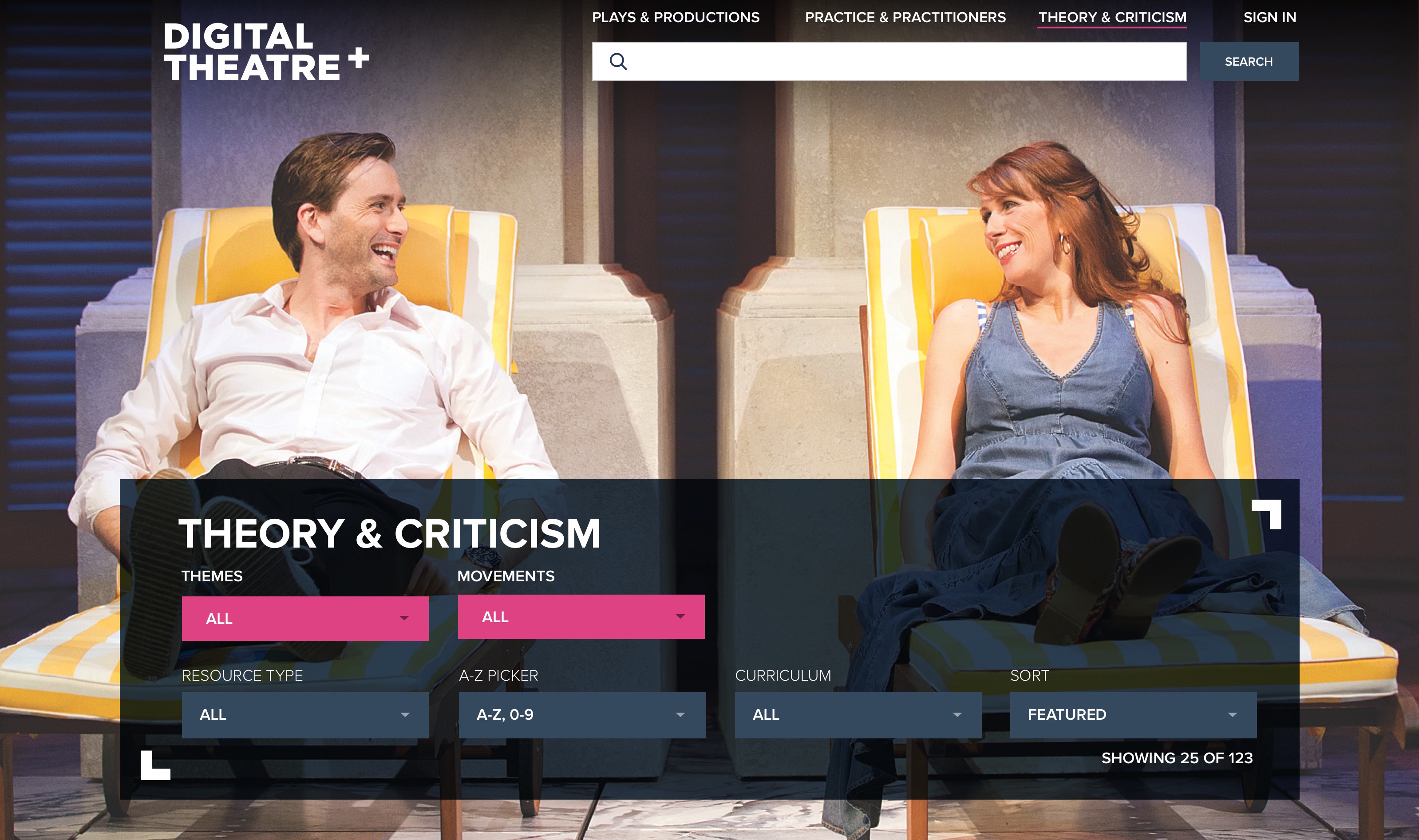Ezra LeBank – Associate Professor of Theatre Arts , CSULB
Building on a panel from the Association for Theatre in Higher Education National Conference, I have continued research on concepts to utilize social media and digital technology to support teaching in studio theatre courses. One repeated request has been for a resource of ideas about how these digital platforms might be implemented in a course setting. What follows are a few practical suggestions that can hopefully be an aid as you consider digital integration in your theatre (or other) courses. And, of course, if you’re already leaps and bounds ahead of me, please get in touch, and contribute to the conversation.
I use social media in my courses on a variety of levels. After several years of experiments, I tend to use social media in three distinct ways: organizational, educational, and for connectivity.
Organisation
Facebook provides a terrific platform for organizational purposes. Each of my courses has a Facebook group where the students and I communicate about assignments and relevant course plans. This allows students to follow my posts easily, and brings the class directly into a digital space for co-working and group support, connecting the students with a sense of ensemble and interconnectivity.
The organization of Facebook spreads into educational content. I share videos to illuminate classwork, and articles that are relevant to lectures and exercises. Instead of sharing this information on standard discussion boards (Blackboard for example), I find students to be more responsive on social media. Because students are already constantly engaged on Facebook, bringing a course into that framework provides a seamless method of infiltrating ideas of theatre-making into the world they already inhabit and they tend to have a greater sense of freedom to present their own ideas or articles with the class in the familiar context.
Education/inspiration
YouTube is perhaps the richest resource on social media for a theatre course. YouTube has developed into a massive performance video archive as well as being the central library of new digital performance. The breadth of work available in its library is truly remarkable, not to mention the space to find academic value in amateur work often completed by artists the students view as their peers.
Watching YouTube clips has become an essential element of my classes. We watch Marceau to dubstep, Pilobolus to Decroux. Showing these videos to students serves three functions. First, they provide varied and exciting examples of coursework. Second, because the students understand how to search YouTube, and view it as a recreational activity, using these videos in class sparks the students to seek out other performance videos on YouTube, which they often share with each other. In essence, by speaking their language, I invite the students to extend the classroom conversation.
This leads to the third function: YouTube creates a digital link to students’ lives that invites them to view coursework and their social lives as continuous. Many YouTube videos were created this week, month, or even today. They have a lively currency that students can participate in too. This implies that the students’ own work is relevant. They have the capacity to watch, but also to contribute their voice back into the mix. Their coursework becomes part of the cultural canon, which likely feels more relevant to them than academia. I believe there’s little reason those often disparate worlds can’t feel connected.
Other performance-specific resources such as Digital Theatre+ continue to expand what is easily searchable for professors and students alike. DT+ has the bonus of theatre-specific search terms, which makes it something of a “pro-YouTube” for the theatre classroom. I hope it will find avenues for interactivity that will build on the principles that make social media platforms so compelling to young people.
Connectivity
This all naturally progresses into outreach and connectivity. I believe that capturing this sense of involvement creates a platform where students see themselves as active civic participants. They might consider the range of locations, audiences, and goals that will propel their next theatre project. I challenge students to engage with their local communities. Once their energy extends into a community, they receive energetic feedback that compels them to explore new possibilities. The link from sharing digitally helps them bridge to working irl (in real life), as they like to say. We create class #hashtags, so when we create new content, we can view the whole classes work simply by entering our hashtag.
We use these videos and images to examine and refine how and when they make theatre, where technique or story come into play, and the finer points that mark an aesthetic and a clear voice. But perhaps more importantly, we use the videos as a way to create culture together.
Through this whole process I encourage students to press against their concepts of who they should be, demanding the continuous revelation of what they notice around them, who they are becoming, and why they create. Perhaps, through using social media, if we, as professors, act as guides, we might find that our students are the ones redefining how to use social media so it becomes a resource for investigation, inspiration, and connection, both online and in real life.



